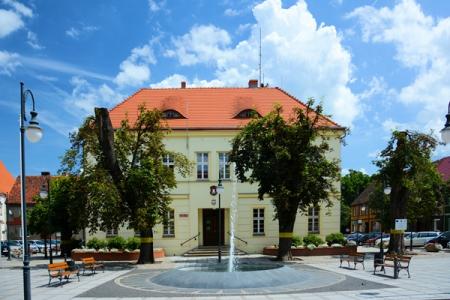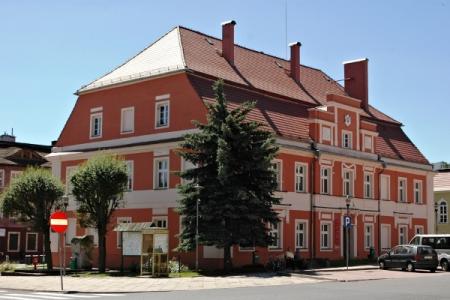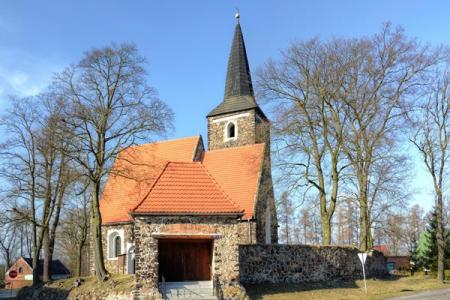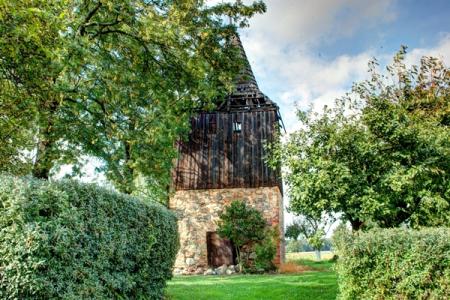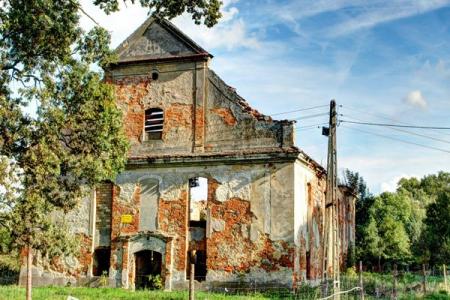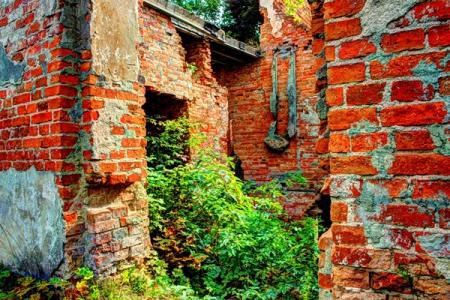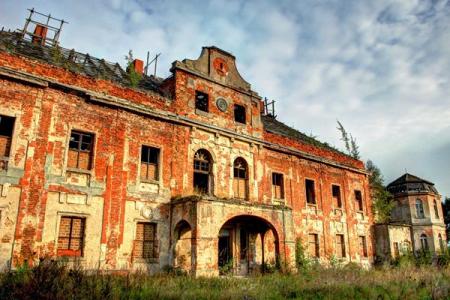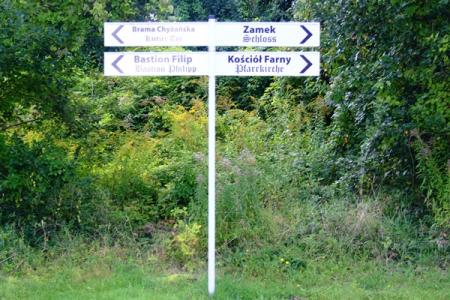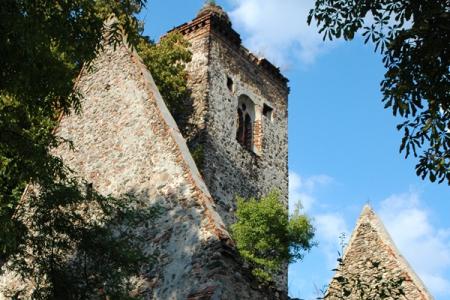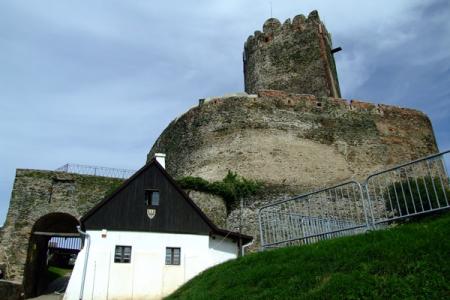Otyń (German Deutsch-Wartenberg, Wartenberg)
Otyń currently is a village having about 1,300 inhabitants, but in the years 1329 to 1945 had city rights.
Despite a fire in 1702 still retains many historic homes and historic urban layout (from the fourteenth to the nineteenth century.)
In the town are the ruins of the gothic castle (who was also a Jesuit monastery).

